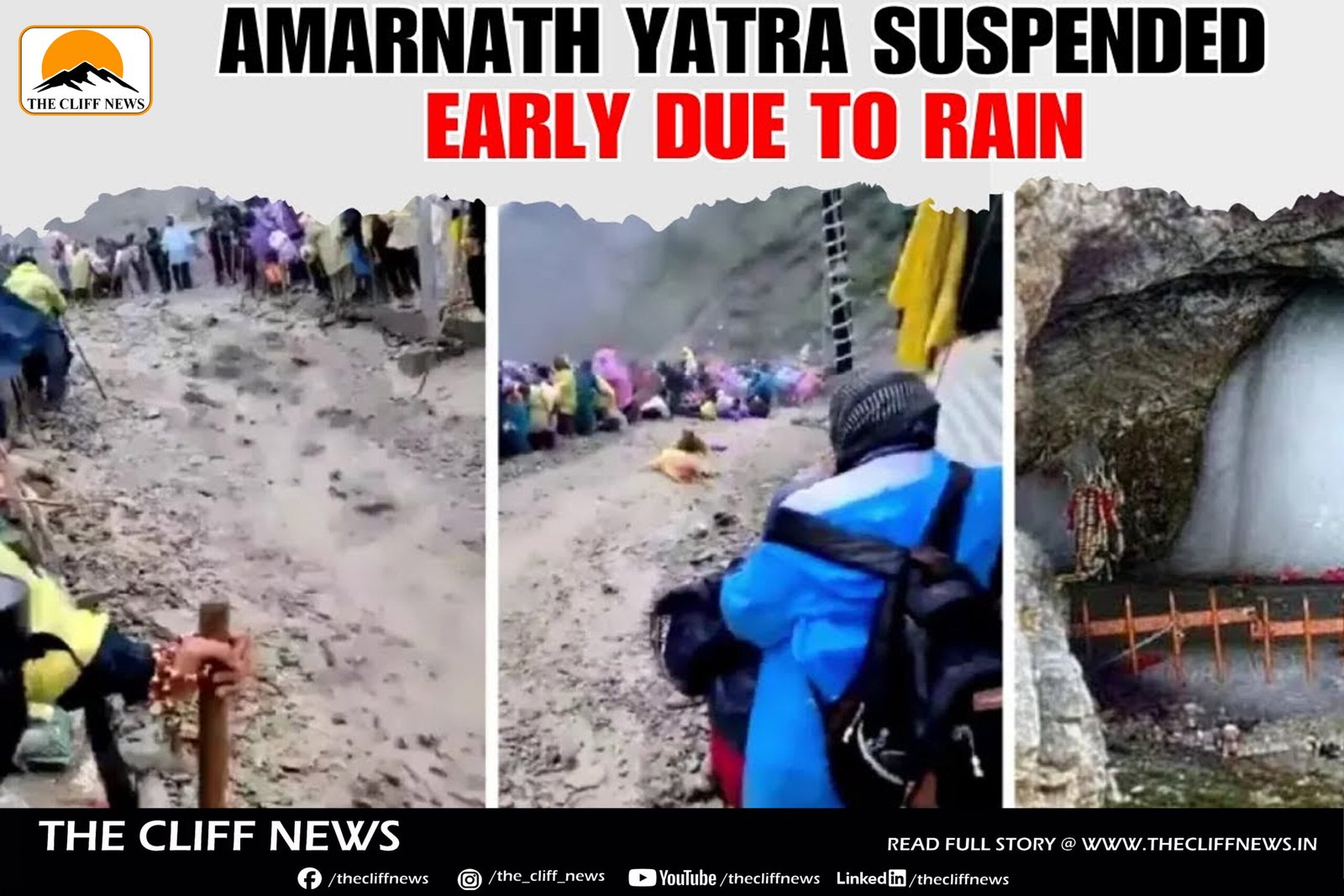Russia’s Krasheninnikov volcano erupted on Sunday for the first time since 1550, days after a massive 8.8-magnitude earthquake struck off the Kamchatka Peninsula, triggering tsunami alerts across the Pacific.
The eruption sent a towering ash plume 6,000 meters into the sky, according to Kamchatka’s Ministry of Emergency Situations. The ash is drifting eastward over the Pacific Ocean, away from inhabited areas. Authorities have issued an “orange” aviation alert, indicating potential flight disruptions.
State-released images show the dramatic plume rising from Krasheninnikov, which had remained dormant for over four centuries. The Smithsonian Institution’s Global Volcanism Program confirms this is its first eruption since the mid-16th century.
The eruption closely follows renewed activity from Klyuchevskoy, Eurasia’s highest active volcano, which erupted on Wednesday — the same day a powerful undersea quake rocked the region. That quake was the strongest since Japan’s 2011 disaster, prompting widespread tsunami warnings and evacuations from Japan to Hawaii and Ecuador.
In Russia’s Severo-Kurilsk, the tsunami inundated a port and a fish processing facility. Fortunately, no casualties have been reported, though infrastructure damage is being assessed.
Authorities continue to monitor volcanic and seismic activity in the region.



